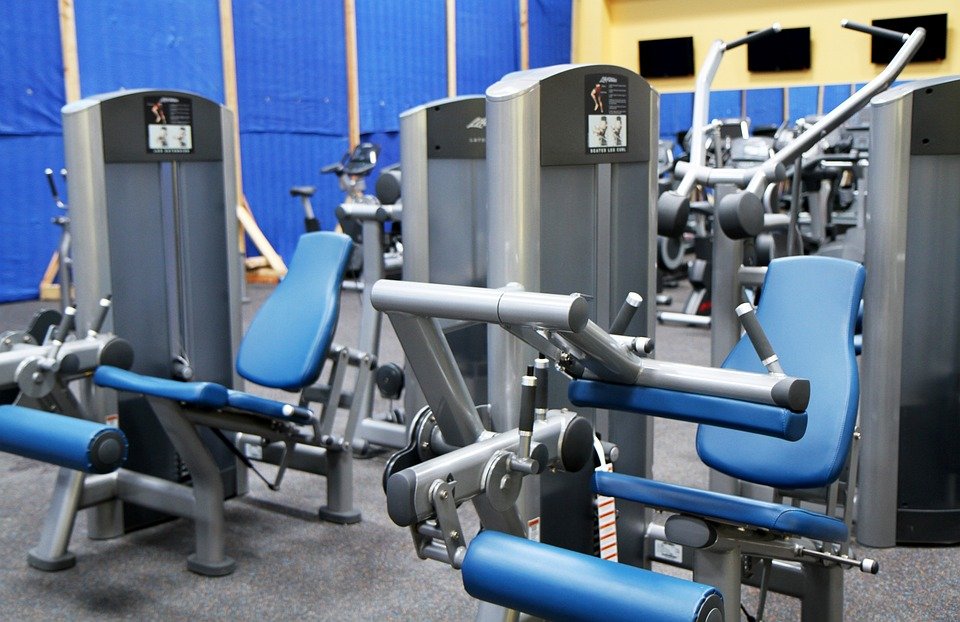The Science of Cardio: How It Improves Your Overall Well-being
Cardiovascular exercise, commonly known as cardio, is a form of physical activity that raises your heart rate to increase blood circulation throughout the body. This type of exercise engages large muscle groups, such as your legs and arms, and involves activities like running, cycling, swimming, and brisk walking. While many people engage in cardio for weight loss or to improve their physical appearance, its benefits go far beyond that. In this article, we will explore the science behind cardio and how it can improve your overall well-being.
Cardio and Heart Health:
One of the primary benefits of cardio exercise is its positive impact on heart health. Regular cardiovascular exercise strengthens the heart muscle, making it more efficient at pumping blood. As you engage in cardio activities, your heart rate increases, causing the blood vessels to expand and allowing larger amounts of oxygen-rich blood to flow to your muscles. This increased blood flow strengthens the heart and lowers the risk of developing cardiovascular diseases such as heart attacks, strokes, and high blood pressure.
Cardio and Mental Health:
Engaging in regular cardio exercises has been proven to have numerous mental health benefits. When you exercise, your body releases endorphins, which are chemicals that act as natural painkillers and mood boosters. These endorphins help reduce feelings of anxiety, stress, and depression, and promote a sense of well-being and happiness. Additionally, cardio exercise increases blood flow to the brain, leading to improved cognitive function, memory, and focus.
Cardio and Weight Management:
Cardio is widely recognized for its role in weight management. When you engage in cardiovascular exercise, your body burns calories, helping you maintain a healthy weight or lose excess pounds. The intensity and duration of your cardio workouts play a significant role in determining how many calories you burn. High-intensity interval training (HIIT), which involves short bursts of intense exercise followed by periods of rest, has been shown to be particularly effective in burning calories both during and after the workout.
Cardio and Bone Health:
Another lesser-known benefit of cardio exercise is its positive impact on bone health. Weight-bearing cardio exercises such as running, jumping rope, and dancing put stress on your bones, which stimulates the production of new bone tissue. This helps improve bone density and reduces the risk of osteoporosis, a condition characterized by weak and brittle bones. Engaging in regular cardio exercise can strengthen your bones and decrease the likelihood of fractures as you age.
Cardio and Sleep Quality:
If you struggle with sleep, incorporating cardio exercise into your routine may be the solution. Studies have shown that individuals who engage in regular cardiovascular exercise experience improved sleep quality. Cardio helps regulate your body’s internal clock, also known as the circadian rhythm, promoting a more restful and deeper sleep. Additionally, the release of endorphins during cardio exercise helps reduce anxiety and stress, leading to a more relaxed state conducive to better sleep.
FAQs:
Q: How often should I engage in cardio exercises?
A: The American Heart Association recommends at least 150 minutes of moderate-intensity aerobic activity or 75 minutes of vigorous aerobic activity per week. It is best to spread these sessions throughout the week rather than cram them into a few days.
Q: Can I do cardio if I have joint pain or arthritis?
A: Yes, you can still engage in cardio exercises even if you have joint pain or arthritis. Low-impact exercises such as swimming, cycling, or using an elliptical machine can be gentler on your joints while still providing cardiovascular benefits.
Q: How long does it take to see results from cardio exercise?
A: The timeframe for seeing results varies depending on factors such as your current fitness level, intensity of workouts, and consistency. However, most people start experiencing some benefits, such as improved mood and energy levels, within a few weeks of regular cardio exercise. Visible physical changes may take longer, typically around 8-12 weeks.
Q: Is cardio exercise safe for older adults?
A: Yes, cardio exercise is generally safe for older adults, but it is essential to consult with a healthcare professional before starting any exercise regimen. They can help determine the appropriate intensity and type of cardio exercise that suits your needs and abilities.
In conclusion, the science behind cardio exercise reveals numerous benefits for overall well-being. From improved heart health and mental well-being to weight management, bone health, and sleep quality, cardio offers a holistic approach to enhancing your physical and mental health. So, lace up your running shoes, hop on your bike, or dive into the pool, and let the power of cardio transform your life.


